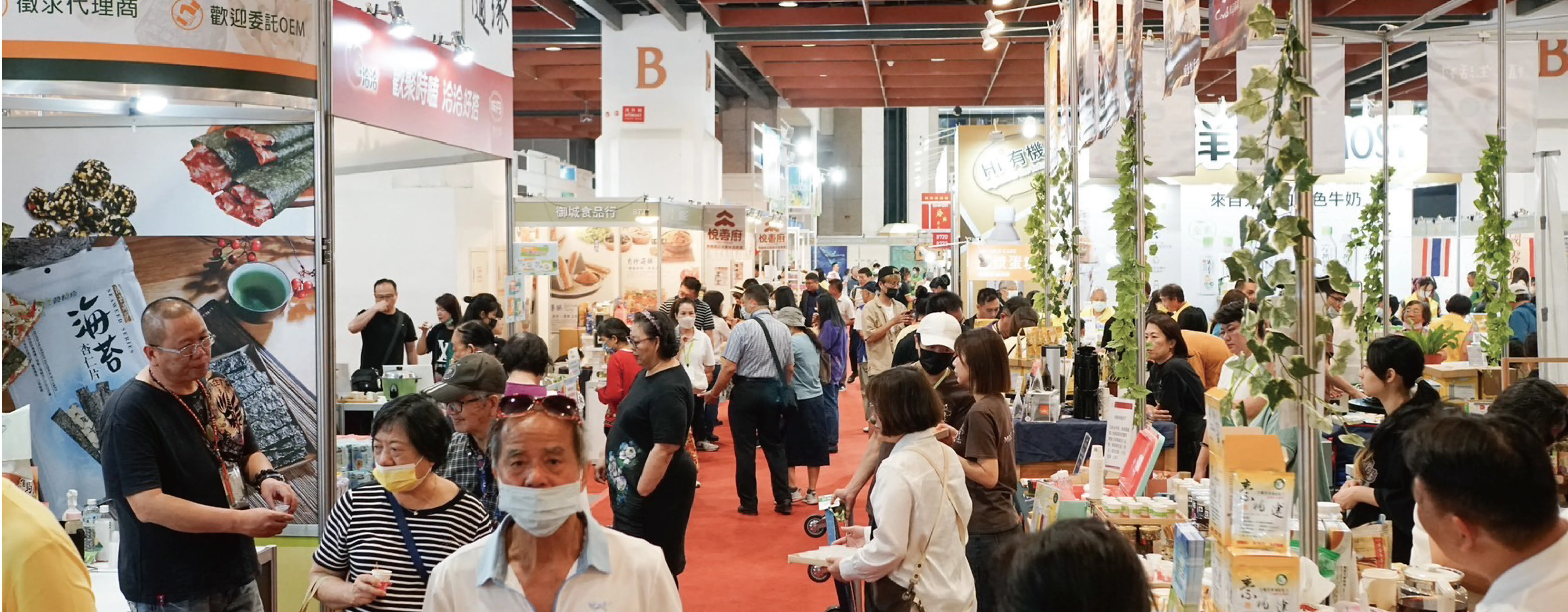


| 時代: | 唐朝時期 (西元618-907) |
| 出土地點: | 傳世品 |
| 尺寸: | 高度:約130 cm 長度:約70 cm 寬度:約45 cm |
| 質地: | 梧桐木 |
| 數量: | 1 |
開臉甜美、臉龐豐腴,五官給人感覺比較年輕,神態嫵媚、五官細緻,尤其眼睛部分栩栩如生、與真人無異,符合江浙工木雕法像的特徵。
The carving presents a sweet and gentle facial expression with plump features, creating a youthful appearance. The countenance is graceful, and the facial features are delicately rendered. Notably, the eyes are lifelike and indistinguishable from those of a real person, which is characteristic of the Jiangsu-Zhejiang style of wood carving.
此法像髮髻高聳,髮冠面積偏小,以唐朝時期捲葉紋為飾,中央有釋迦牟尼佛,右手拇指和中指相捻持說法印,左手自然垂放於左膝上,上身袒露只於肩膀處披有輕薄天衣,胸前瓔珞裝飾少而簡單,腰部纖細,體態略帶S型,約五等身,右腳曲、左腳自然垂放,自在安坐於岩塊上,露雙足。
The representation depicts Guanyin with a tall topknot, and the headdress is relatively small, adorned with curling leaf motifs from the late Tang Dynasty. At the center of the crown is a figure of Shakyamuni Buddha. Guanyin's right hand forms the Dharmachakra Mudra, with the thumb and middle finger touching, symbolizing the turning of the wheel of Dharma. The left hand naturally rests on the left knee. The upper body is exposed, draped only with a light celestial robe that rests over the shoulders. The chest is adorned with minimal and simple jewelry, and the waist is slender. The posture exhibits a slight S-curve and adheres to the "five units of measurement" principle. The right leg is bent, and the left leg naturally hangs down. Guanyin is seated comfortably on a rock, revealing both feet.
胎體是以夾紵為之,此件法像在天衣邊緣、褲裙有明顯的麻布與漆相互交疊的痕跡,可見是使用夾紵的方式保護木料、易於上色,此件因年代久遠,有天然風化脫漆現象,只有少部分有殘漆。製作方式與唐朝漆器製作方式相同,是唐朝時期發展相當成熟的漆藝,與宋朝時期上漆的工藝不同。
The core of this piece is crafted using "jia zhou," a technique involving overlapping layers of linen fabric and lacquer. Evident traces of linen cloth and lacquer overlapping are visible along the edges of the celestial robe and trousers, indicating the use of the "jia zhou" technique for protection and color application. Due to its age, there's significant natural weathering and lacquer loss, with only a few remnants of the original lacquer remaining. The crafting technique of this piece is consistent with the method employed in Tang Dynasty lacquerware, showcasing the advanced state of lacquer art during the Tang Dynasty, which differed from lacquer techniques in the Song Dynasty.
古代樹幹部分多為建築、傢俱使用的珍貴木材,因此法像多以面積寬的樹根部分,雕刻成盤坐或自在坐姿,閔工即多為盤坐或自在坐姿。唐朝安史之亂後經濟重心移到江浙地區,江浙地區逐漸成為帝國最富庶的地區,因此可使用樹木主體樹幹部分和樹根,共同雕刻成較大型的自在坐姿法像。此件木料為梧桐木,因年代久遠而呈現深赭色,法像整體保存完整。
In ancient times, the trunk of the tree was often reserved for precious wood used in construction and furniture. As a result, Buddha images were frequently carved into the wide root section of the tree, often depicted in seated or relaxed postures. The "Min" craftsmen of this era favored such postures. After the upheavals of the An Lushan Rebellion, the economic focus shifted to the Jiangsu-Zhejiang region, which eventually became the empire's most prosperous area. As a result, tree trunks and roots were used to create larger seated representations of the relaxed posture, given the abundant availability of suitable wood in this region. Crafted from phoenix tree wood, this piece has acquired a deep reddish hue due to its age. Despite the passage of time, the representation is well-preserved.
